Perhaps under Pope Francis the big transition of bishops started under Benedict XVI is going to be completed. In appointments for two key posts, Pope Francis has shown he is following the line traced by the now Pope emeritus: the appointment of Cardinal Reinhard Woelki as Archbishop of Cologne and that of Archbishop Carlos Osoro Sierra as Archbishop of Madrid. These two appointments are carrying forward the needed transition of bishops in key posts, who were leading their bishops’ conferences in close contact with Rome, to a new generation of bishops with a pastoral vocation andwith a very solid theological formation. Trustworthy shepherds, able to carry forward the Church’s tradition and to go beyond the difficulties posed by a secularized world.
True, the backdrops to the transitionsin Cologne and Madrid are very different. In the first case, Cardinal Joachim Meisner, Cardinal Woelki’s predecessor as Archbishop of Cologne, had been chosen for his human touch, which he combined withgreat pastoral skills and theological solidity.He was appointed after 14 months of deliberations: that much it took for the Chapter of Koln,and then only under strong Papal guidance,to come up with a candidate that Rome could consider favorably.
In the second case, it seems that Carlos Osoro Sierra is going to transition the Catholic Church to a new course after the “reign” of Cardinal Antonio Rouco Varela,his predecessor as Archbishop of Madrid. Varela had acted as a “Spanish deputy pope” – the religious information website ReligionDigital argued – showing very closelinks with the hierarchy in Rome from the moment John Paul II appointed him to the post – links that he kept during Benedict XVI’s pontificate.
Benedict XVI’s pontificate laid the groundwork for this pastoral revolution. Pope Benedict’s pontifical program is contained in the speech he delivered in Fribourg during his trip to Germany in 2011. There, in his self-complacent homeland (a complacency derived from the wealth of its structures), Pope Benedict underscored that he had traveled to Germany to speak about God, to focus again on faith. He then praised the necessary secularizing trends, which had relieved the Church from secular authority and allowed her to focus on a more spiritual plan. A less worldly Church, Benedict XVI called for.
Benedict had started focusing on faith long before his quiet revolution. There had not been any firings: not in the Curia, nor among bishops. He had started a long-term program, to be carried forward step by step. It was his approach to respect everybody, to mitigate the unavoidable envies and internal wars, and at the same time to promote change.
Cardinal Woelki’s appointment as Archbishop of Berlin; that of Archbishop André Joseph Leonard in Bruxelles; the appointment (a promotion) to Philadelphia of Charles J. Chaput,a bishop of marked pastoral impact and firmness in doctrine; the appointment of Wilhelm Eijk, then created cardinal, to administer the archdiocese of Utrecth (Netherlands); and the promotion of Carlos Osoro Sierra as Archbishop of Valencia (Spain) are some of the examples illustrating how Benedict XVI had gone about his commitment to re-balance the composition of the college of bishops. Bishops strong in the faith, yet withstrong pastoral awareness.
The re-balancing process had begun in the Roman Curia, including in key Vatican diplomatic posts. When Ireland was shocked by the pedophilia scandal, the chosen new nuncio was Charles J. Brown, not a diplomat, but a trusted member of the curia who had served in the Congregation for the Doctrine of the Faith. When he had to appoint a new prefect for the Congregation for Divine Worship, Benedict XVI chose Antonio Cañizares Llovera, who was already a cardinal and was serving as Archbishop of Toledo and Primate of Spain.
Cañizares, however, had a strong predilection for pastoral work, so much so that, ever more often in recent times, he asked to return to Spain and care for a diocese. Pope Francis grantedhim this wish, and assigned him to head the archdiocese of Valencia which Archbishop Osoro had left vacant. This choice shows how Benedict XVI’s quiet revolution goes on.
The Church in Spain had already begun to conceive the “after Rouco Varela”landscape. In the November 2013 plenary assembly of the Spanish Conference of Bishops, the bishops elected Antonio Gil y Tamayo as General Secretary and Spokesperson of the Conference. In the March 2014 plenary session, the same bishops elected Archbishop Ricardo Blázquez Pérez of Valladolid as their president and Osoro Serra as deputy president, showing with these choices that they wanted Osoro in an important diocese. Maybe Madrid.
This push took place despite Cardinal Rouco Varela already favoringa candidate tosucceed him in Madrid, the auxiliary bishop of Madrid Fidel Herráez, whom the Spanish bishops did not like: Herráez risked becoming a clone of Rouco Varela. Cardinal Cañizares could not make the cut for Spanish bishops either: already 69, after having served at a top post in the Curia, Cañizares would have remained at the head of the Madrid diocese until his retirement without any possibility of moving. Hence, the decisionto appoint him Archbishop of Valencia instead. Can this be viewed as a “demotion”? Not for Cardinal Cañizares, who is enjoying the new post as a joyful return home, since he hails from the Valenciaregion.
Archbishop Osoro is as old as Cardinal Cañizares, but he never served in the Curia. He is less bond to his post and less bond to Rome, and this was decisive to gain the consensus of the Spanish bishops.
As it was decisive that Archbishop Osoro is nicknamed the “little Francis” because of his pastoral predilection. But let there be no mistake: those who know him well note that he is very well versed theologically. There will not be theological revolutions in the secularized Spain that is recovering from the Zapatero era with great effort. But, yes, there will be added attention to pastoral work.
At the same time, attention to pastoral work led Rainer Maria Woelki to be promoted from Archbishop of Berlin to Archbishop of Cologne, the wealthiest diocese of Germany. Even in this case, the appointment confirmed Benedict XVI’s own choices.
The Church in Germany had hardly assimilated Benedict XVI’s perspectives in 2011. Immediately after his trip to Germany in 2011, the Church in Germany favored a progressive agenda. The leftist association “We Are Church” heavily influenced the top levels of the German Catholic Association, and was present as an advocacy group in parishes.
That same progressive agenda was at work in German-speaking countries highlighting how new and different Pope Francis’ pontificate was, leaning heavily on the media. Cardinal Walter Kasper was, for instance, among the bishops of the Rhine area who had proposed an opening for the access to communion of divorced remarried people. And pressures on the agenda of the next synod of bishops came from German-speaking bishops as well, as the publication of the questionnaire for the synod showed.
The German-speaking bishops hoped that this activism would bring about the appointments of more accommodating bishops in terms of doctrine. But Cardinal Woelki is not that kind of bishop. He will rather carry forward the line of integral Christianity that John Paul II wanted for the Church of Germany (as recommended by his Prefect for the Doctrine of the Faith, Cardinal Joseph Ratzinger) and carried forward by Benedict XVI.
Cologne is one of 13 German dioceses where a chapter of diocesan representatives is part of the process to select new bishops.
The diocesan chapter first puts together a list of possible candidates and forwards this list to Rome through the apostolic nuncio. The Holy See considers this list and returns a list of three names. The chapter is then tasked with choosing the new archbishop from this list.
The 1988 process that led to the selection of Cardinal Meisner took 14 months, since none of the three candidates on the Holy See’s list won more than half of the chapter’s votes. The selection procedureshave been reformed recently in order to streamline the process and to better adapt to the contemporary life of the Church.
Cardinal Woelki was in any case a likely pick by the chapter of Cologne, though he had not been included among the candidates the Chapter sent to Rome through the nuncio in Germany. Archbishop Nikola Eterovic is the nuncio in Germany: he served as General Secretary of the Synod of Bishops under Benedict XVI, to whom he is very close. He knows very well their ideas and their pastoral – and theological – approaches, since he collaborated with them when he organized the synods. Archbishop Eterovic (this is also acknowledged by Benedict XVI’s entourage) did a fine job.
So, even in Germany, Francis’ choices follow Benedict XVI’s footsteps. Born in 1956, formerly a secretary of Meisner in Cologne, Woelki goes back home to Cologne having been widely appreciated for his human touch, that many compare to Pope Francis’. However, Cardinal Woelki’stime in Berlin was no honeymoon.
Arriving in 2011 to one of the most secularized cities in Germany, where Catholics are a minority of about 400 thousand in the midst of a population of over 3.5 million people who are generally indifferent or even hostile to religion, Cardinal Woelki faced difficult times. Berlin’s gay community and liberal media reacted to his appointment with dismay, describing him as “backward minded” and saying he was the wrong man for the job.
Cardinal Woelki responded to the accusations of homophobia, stressing that he is simply a Catholic. He said, «the Church is not a moral institution that goes around pointing its finger at people. The Church is for me a community of seekers and believers and the Church aims at helping people to find happiness in life.»
His words recall Pope Francis’ appeal for mercy, and for a non-moralist Church. The same appeal that Benedict XVI made himself during a historical off-the-cuff speech to the bishops of Switzerland in 2006. It was the beginning of a revolution so quiet that no one ever described it as such. This revolution Pope Francis is carrying forward, simply embracing the path already laid out in front of him.
Source: Monday Vatican
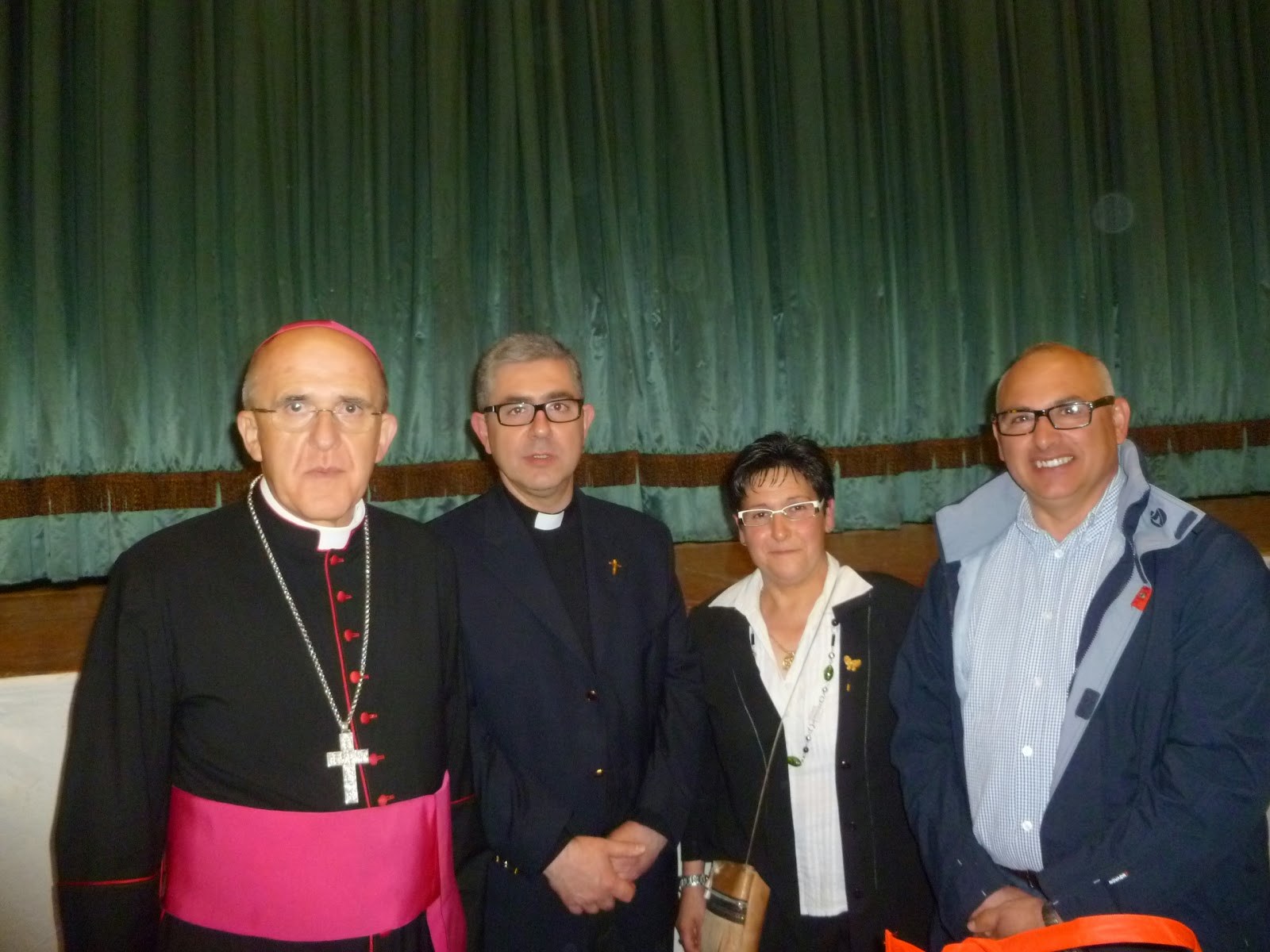
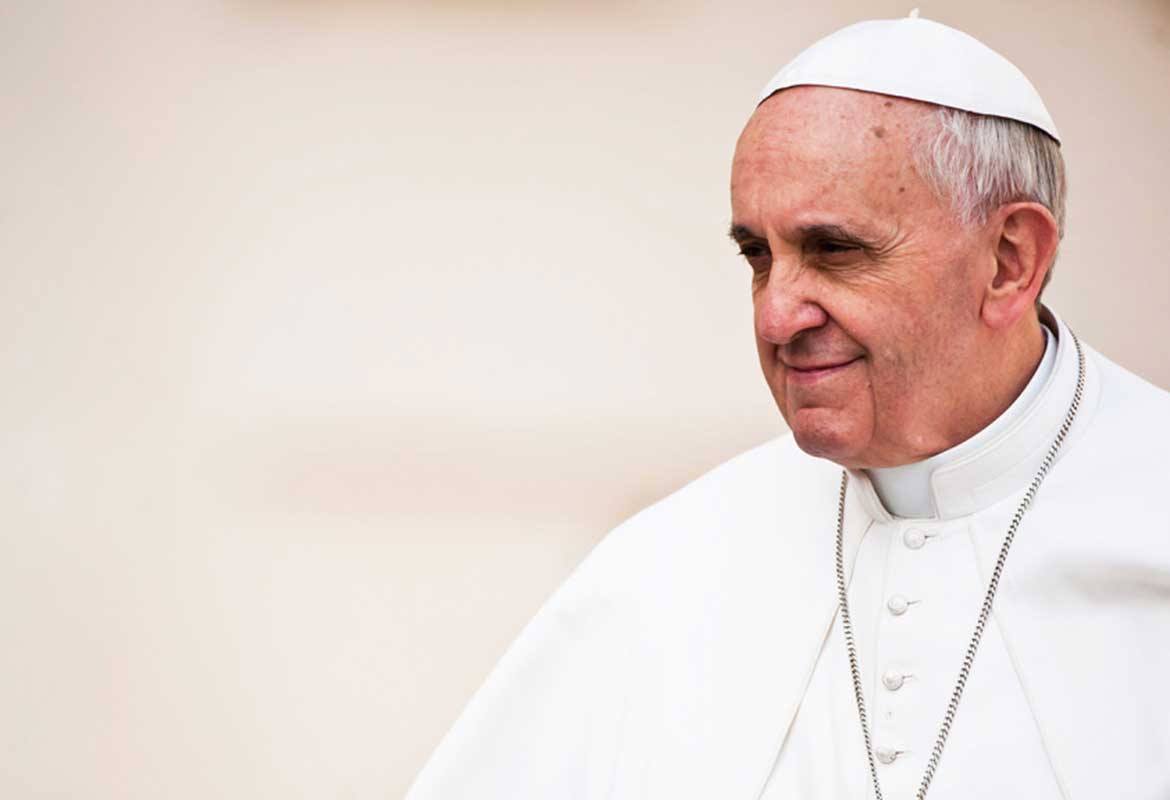
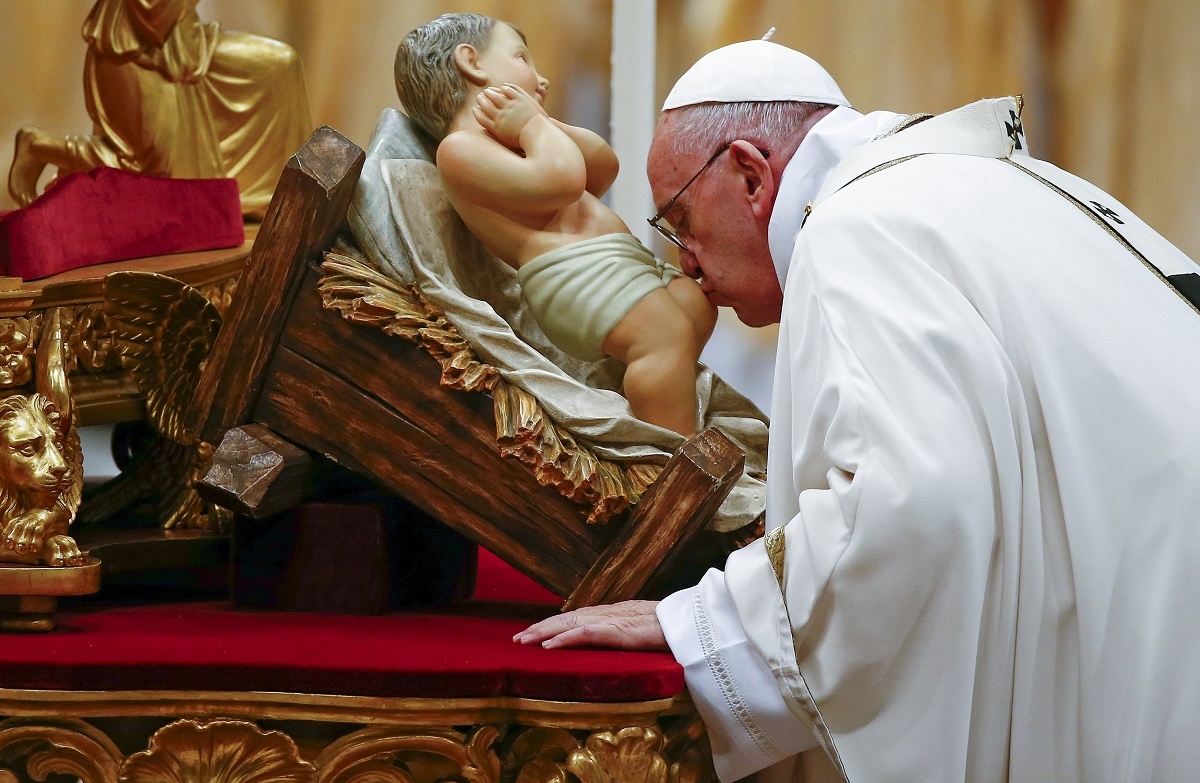
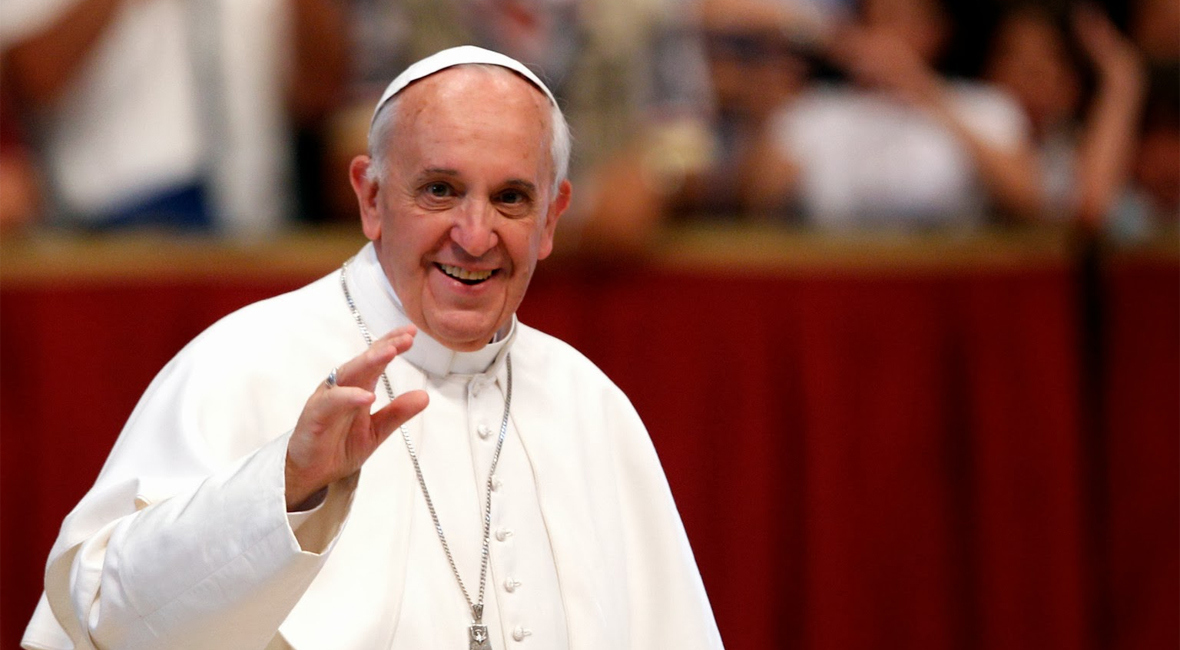


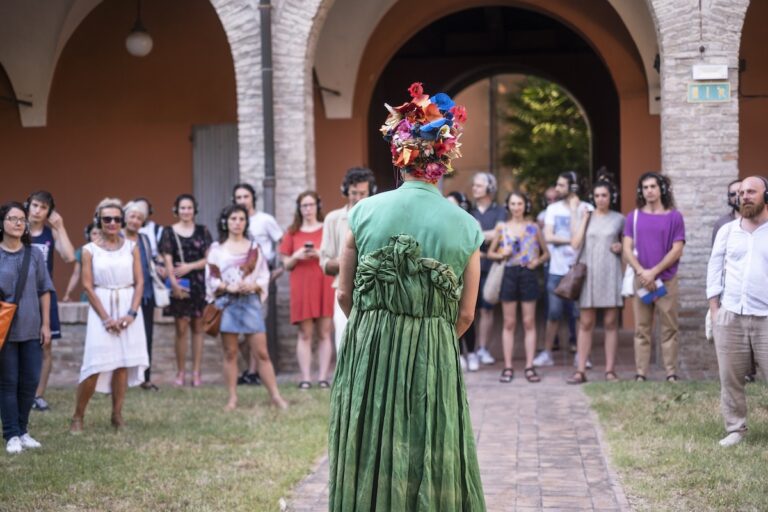
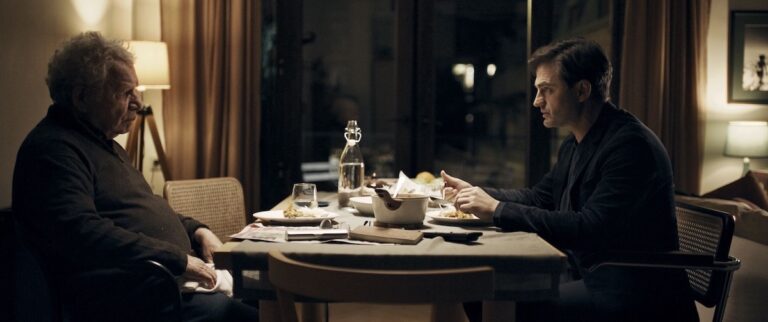


+ There are no comments
Add yours